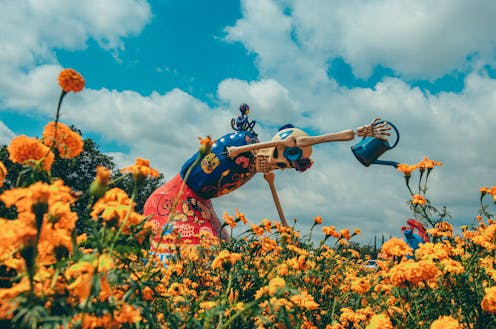stories about memory, mortality and the effort of being alive
- Written by Shady Cosgrove, Associate Professor, Creative Writing, University of Wollongong

Chris Flynn’s Here Be Leviathans[1] is a collection of short stories that seems quirky and light-hearted, propelled by its creative use of perspective. Each story is established from a surprising vantage point and so the world as Flynn imagines it becomes topsy-turvy – anything at all might be alive and sentient. Animals, chairs, boats, you name it.
Review: Here Be Leviathans – Chris Flynn (UQP) and The Tower – Carol Lefevre (Spinifex)
A bear eats a teenager, and thus inherits the boy’s memories. An airplane seat describes its last day at work. A hotel room observes its favourite couple, who return over the years. A monkey details a trip into outer space. But these stories are driven by more than quirky inspiration.
The point-of-view might offer an interesting hook, and Flynn’s tone may be jaunty at times, but the stories are propelled by deeper themes of mortality, death and existential pointlessness. Flynn uses perspective to reflect and question the way we think about things.
Read more: Women and girls at risk, at the end of the world: these subversive short stories reflect our anxieties[2]
Memory and mortality
Many of the characters in this collection die, have died or are about to die – but there’s also a counter-theme of connection. The bear may eat the teenager, and so the ranger is hunting him down; we enter a hide-and-seek game for survival. But it’s the connection the bear and ranger have, the mutual respect they share, that becomes the message of the first story, Inheritance.













